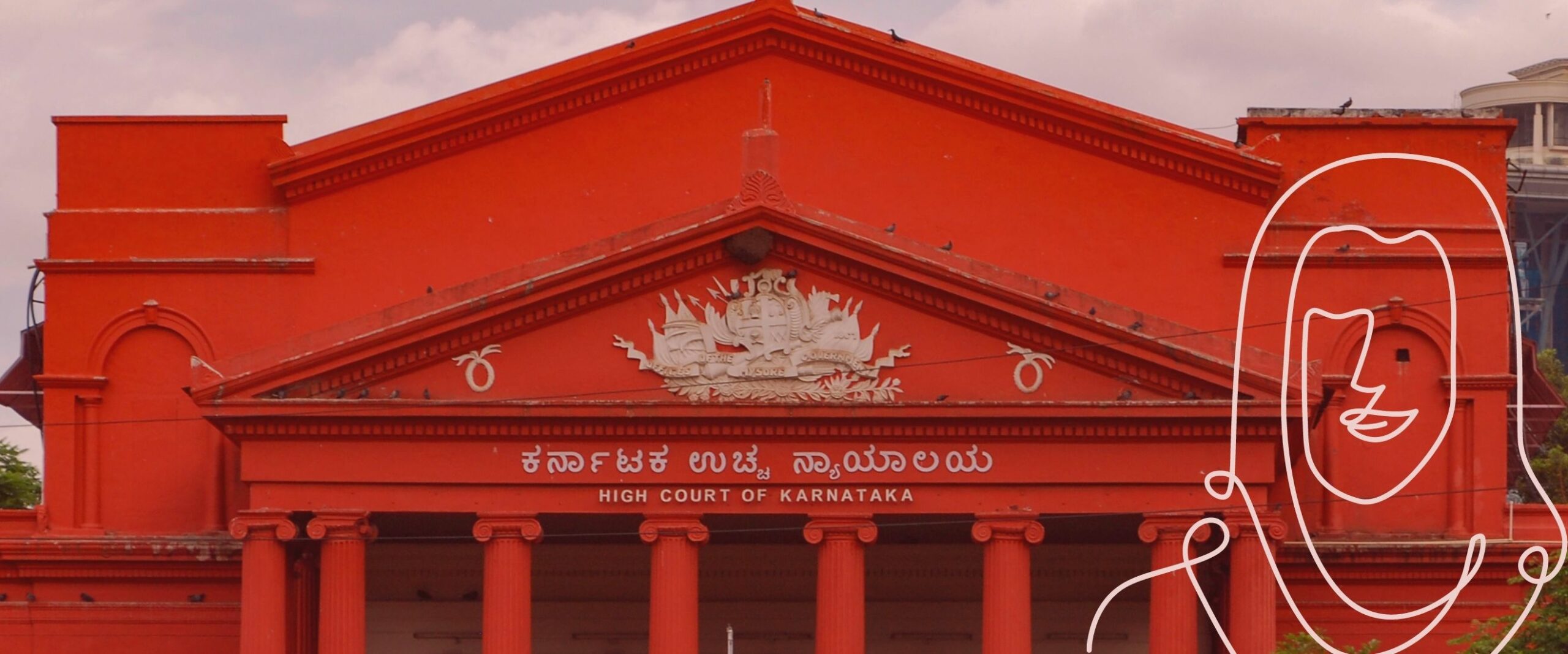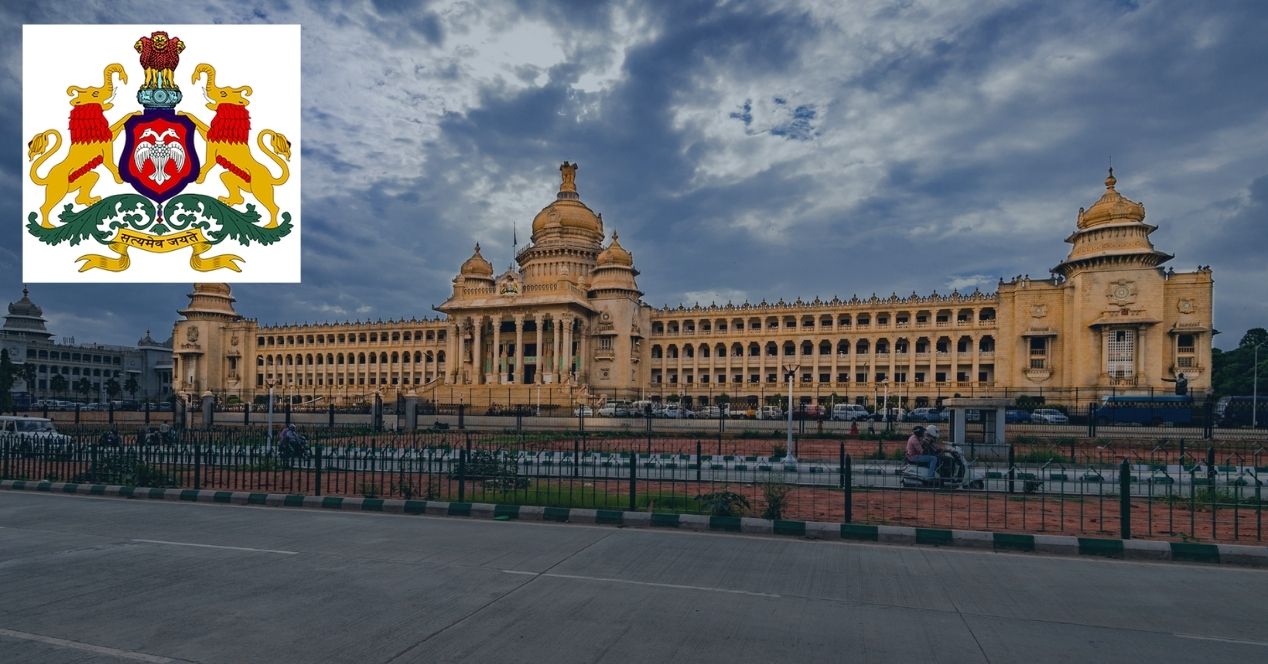Analysis
Karnataka’s Hijab Ban: Proceedings at the High Court and the Interim Order
We break down the arguments in the challenge to the hijab ban in Karnataka's educational institutions, and analyse the Court's Order.

On February 10th, a three-Judge Bench of the Karnataka High Court delivered an Interim Order in the challenge to the hijab ban in educational institutions in the state. Following two hours of heated arguments before the Bench, Chief Justice Ritu Raj Awasthi in his Order stated that no student shall be permitted to wear religious attire to the classroom. Such attire included hijabs, saffron shawls and scarves.
The next day, this matter was ‘mentioned’ at the Supreme Court for urgent listing. The Chief Justice of India, N.V. Ramana, said that the Court shall decide whether to list the Order once the Interim Order was published. In the meantime, the Karnataka High Court’s Interim Order would remain operational. The High Court’s Interim Order was published subsequently.
In the Karnataka High Court, Senior Advocates Sanjay Hegde and Devadatt Kamat, appearing on behalf of the Muslim students, had asked the Court to pass an Order allowing students to attend college while wearing the hijab. In this piece, we break down the principal arguments in the case and examine the High Court’s Interim Order.
Arguing for the ban on the hijab to be lifted at educational institutions in the state, the counsel for the Muslim students made the following arguments:
1. The Karnataka Education Act, 1983, applies to schools
Mr. Hegde argued that the Karnataka Education Act, 1983, under which the Government had issued an Order barring students from wearing the hijab, does not contain provisions on uniforms. The Act’s 1995 Rules, which empower educational institutions to impose uniforms, apply only to schools. Further, the Rules do not provide any penalty for not wearing the uniform. Even if they were to prescribe a penalty, expulsion of students for not wearing a uniform would be grossly disproportionate.
2. Wearing the hijab is an Essential Religious Practice for Muslim women
Wearing a hijab is a part of the Muslim students’ essential religious practice under Article 25 of the Constitution of India, 1950, and must be accorded constitutional protection. Citing The Commissioner, Hindu Religious Endowments, Madras v Sri Lakshmi Thirtha Swamiar of Sri Shirur Mutt, 1951, Mr. Hegde stressed that the State cannot make its citizens forsake certain essential elements of their faith. Referring to Islamic scriptures, Mr. Kamat emphasised that hijabs are an Essential Religious Practice for Muslims.
3. The hijab ban violates the Right to Freedom of Speech and Expression and the Right to Privacy
The hijab ban violates the Right to Freedom of Speech and Expression under Article 19(1)(a) and the Right to Privacy under Articles 19 and 21 of the Constitution. Both Mr. Kamat and Mr. Hegde relied on the Supreme Court’s decision in Bijoe Emmanuel v State of Karnataka, 1986.
4. The Karnataka Government Order was drafted ‘without application of mind’
Mr. Kamat argued that the Government Order, which stated that wearing the hijab is not an essential religious practice, relied on three High Court decisions that were decided against the State. They bore no relevance to the question of hijabs in government higher educational institutions.
Appearing on behalf of the State of Karnataka, the Advocate General argued that there was no prima facie case for the granting of interim relief. He stressed the need to restore peace and tranquillity to educational institutions.
Soon after the hearing, the Chief Justice of the High Court pronounced the Interim Order. The Order was published the next day.
Interim Order
In the Interim Order, the Chief Justice declared that no religious attire would be worn in state educational institutions. Chief Justice Awasthi stated that the Court was ‘pained by the ongoing agitations’. While emphasising the values of pluralism and secularism, the Court recognised the Right of every citizen to profess and practise their faith. However, this Right is subject to reasonable restrictions. The question of whether wearing the hijab is an Essential Religious Practice was not discussed.
The Court stressed that no person must be permitted to perform any act that disturbs ‘public peace and tranquillity’. In the Interim Order, the Court ‘requested’ the State to open educational institutions, and ‘restrained’ all students from wearing religious attire. The Court confined the Order to institutions where College Development Committees have prescribed a dress code for students.
The Karnataka High Court shall continue hearing the matter.


